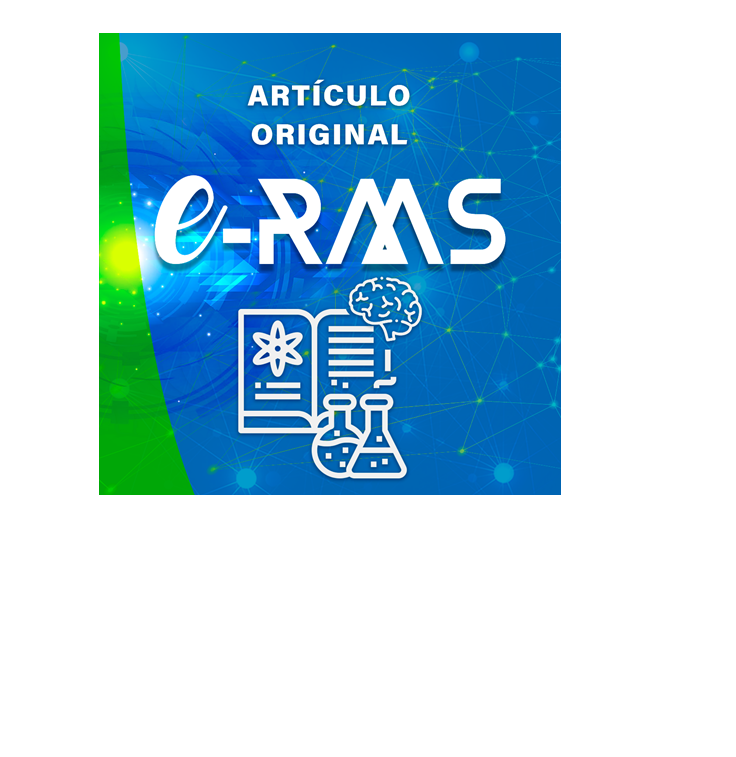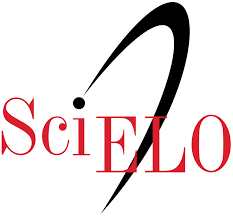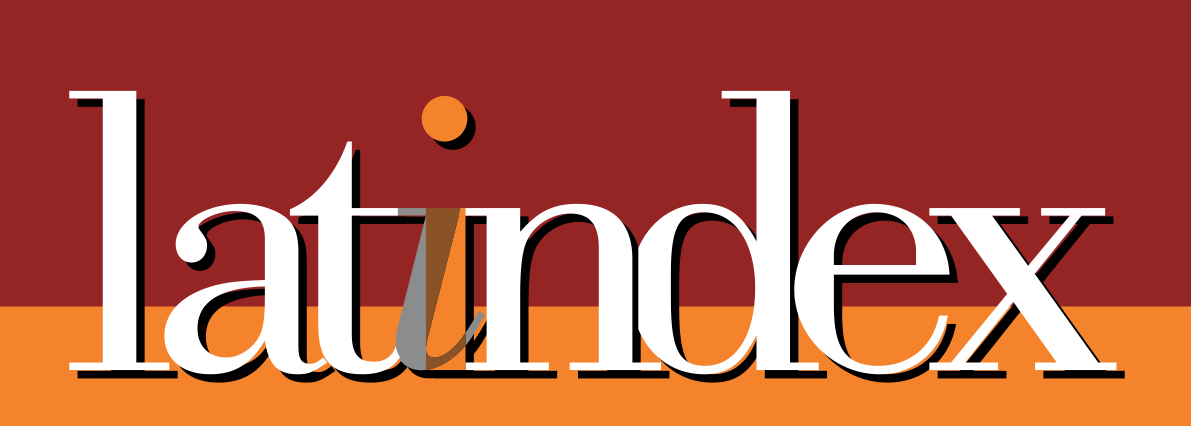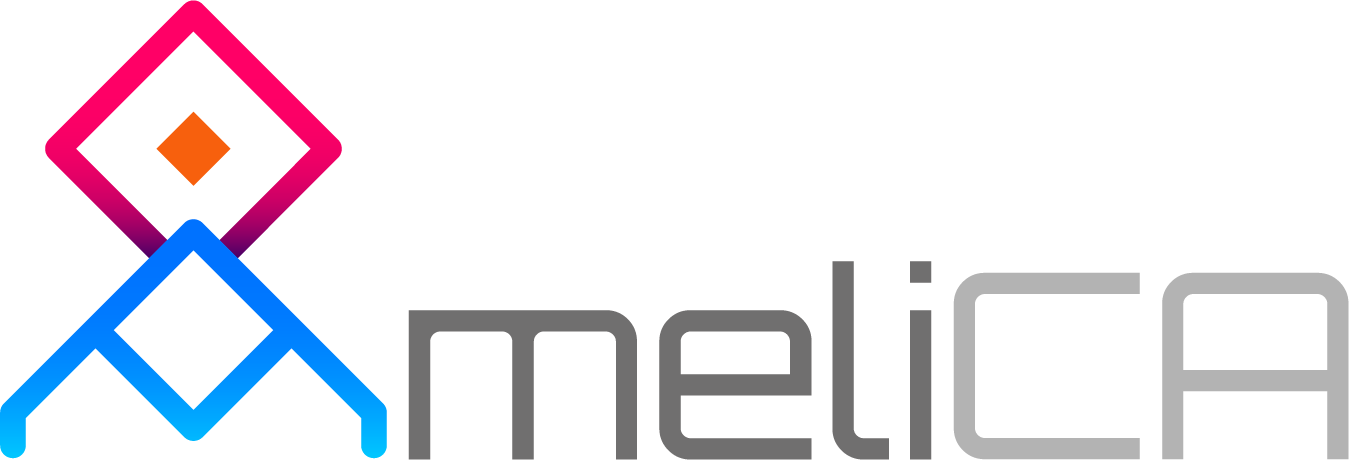Language Models and generative Artificial Intelligence for teaching resolutions in traumatic dental emergency situations
DOI:
https://doi.org/10.61286/e-rms.v3i.173Palabras clave:
dentistry, generative artificial intelligence, emergencies, traumas, language models, educationResumen
The Language Models and generative Artificial Intelligence for teaching resolutions in traumatic dental emergencies explores the use of generative Artificial Intelligence (AI) in dental training, specifically in managament of traumatic dental emergencies. Three generative AI systems (Copilot IAG-1, NEXTAI IAG-2 and Perplexity AIG-3) were evaluated using prompts designed to simulate dental emergencies situations. The results showed that these systems can provide accurate diagnoses and effective treatments recommendations, with scores above 90% in most of evaluated categories. The study highlights the consistency in diagnostic accuracy and quality of treatment recommendations, especially in the managament of acute dental pain, where all systems achieved 100% in severaldimensions. However, áreas for improvement were identified, particularly for IAG-2 in categories such as dental dislocation and gingial bleeding. Additionally, the ease of use and response time were evaluated, finding that all systems provided quick and adequate responses, with IAG-3 standing out for its speed and ease of use. The dimension of interest and motivation was also positive, suggesting that these systems can maintain a high level of engagement among users.
Descargas
Citas
Andreasen, J.O. (1980). Lesiones traumáticas de los dientes. Editorial Labor. Barcelona. España. 325 P.
Andreoli, S., Aubert, E., Cherbavaz, M. C., & Perillo, L. (2024). Entre humanos y algoritmos: percepciones docentes sobre la exploración con IAG en la Enseñanza del Nivel Superior. Revista Iberoamericana de Tecnología en Educación y Educación en Tecnología, (37), 63-77. https://doi.org/10.24215/18509959.37.e6
Antipovienė, A., Narbutaitė, J., & Virtanen, J. I. (2021). Traumatic Dental Injuries, Treatment, and Complications in Children and Adolescents: A Register-Based Study. European journal of dentistry, 15(3), 557–562. https://doi.org/10.1055/s-0041-1723066
BIREME OPS. (2024). Acerca del DeCS/MeSH Acerca del DeCS/MeSH – DeCS (bvsalud.org)
Cacñahuaray-Martínez, G., Gómez-Meza, D., Lamas-Lara, V., & Guerrero, M. E. (2021). Aplicación de la inteligencia artificial en Odontología. Odontología Sanmarquina, 24(3), 243-253. https://doi.org/10.15381/os.v24i3.20512
Dzobo, K., Adotey, S., Thomford, N. E., & Dzobo, W. (2020). Integrating Artificial and Human Intelligence: A Partnership for Responsible Innovation in Biomedical Engineering and Medicine. Omics : a journal of integrative biology, 24(5), 247–263. https://doi.org/10.1089/omi.2019.0038
Egli A. (2023). ChatGPT, GPT-4, and Other Large Language Models: The Next Revolution for Clinical Microbiology?. Clinical infectious diseases : an official publication of the Infectious Diseases Society of America, 77(9), 1322–1328. https://doi.org/10.1093/cid/ciad407v
Ferrara, P., Battiato, S., & Polosa, R. (2022). Progress and prospects for artificial intelligence in clinical practice: learning from COVID-19. Internal and emergency medicine, 17(7), 1855–1857. https://doi.org/10.1007/s11739-022-03080-z
Gallardo Heredia, C. (2024). Implementación de la Inteligencia Artificial en la Formación de Odontólogos: Una Propuesta para la Facultad de Odontología de la Universidad Autónoma de Chihuahua. https://www.researchgate.net/publication/378549299_Implementacion_de_la_Inteligencia_Artificial_en_la_Formacion_de_Odontologos_Una_Propuesta_para_la_Facultad_de_Odontologia_de_la_Universidad_Autonoma_de_Chihuahua
González González, Lisneybi, Vega Jiménez, Junior, & Lorente Leyva, Leandro L.. (2023). Odontología e inteligencia artificial. Revista Cubana de Medicina Militar, 52(4), . Epub 01 de diciembre de 2023. http://scielo.sld.cu/scielo.php?script=sci_arttext&pid=S0138-65572023000400043&lng=es&tlng=es.
Kasirzadeh, A., & Gabriel, I. (2022). In conversation with Artificial Intelligence: aligning language models with human values. arXiv (Cornell University). https://doi.org/10.48550/arxiv.2209.00731
Lee, P., Bubeck, S., & Petro, J. (2023). Benefits, Limits, and Risks of GPT-4 as an AI Chatbot for Medicine. The New England journal of medicine, 388(13), 1233–1239. https://doi.org/10.1056/NEJMsr2214184
Leite, A. F., Van Gerven, A., Willems, H., Beznik, T., Lahoud, P., Gaêta-Araujo, H., Vranckx, M., & Jacobs, R. (2020). Artificial intelligence-driven novel tool for tooth detection and segmentation on panoramic radiographs. Clinical Oral Investigations, 25(4), 2257-2267. https://doi.org/10.1007/s00784-020-03544-6
Manickam, P., Mariappan, S. A., Murugesan, S. M., Hansda, S., Kaushik, A., Shinde, R., & Thipperudraswamy, S. P. (2022). Artificial Intelligence (AI) and Internet of Medical Things (IoMT) Assisted Biomedical Systems for Intelligent Healthcare. Biosensors, 12(8), 562. https://doi.org/10.3390/bios12080562
Mathkor, D. M., Mathkor, N., Bassfar, Z., Bantun, F., Slama, P., Ahmad, F., & Haque, S. (2024). Multirole of the internet of medical things (IoMT) in biomedical systems for managing smart healthcare systems: An overview of current and future innovative trends. Journal of infection and public health, 17(4), 559–572. https://doi.org/10.1016/j.jiph.2024.01.013
Mayer M. A. (2023). Inteligencia artificial en atención primaria: un escenario de oportunidades y desafíos [Artificial intelligence in primary care: A scenario of opportunities and challenges]. Atencion primaria, 55(11), 102744. https://doi.org/10.1016/j.aprim.2023.102744
OMS. (1980). 33' Asamblea Mundial de la Salud. Resoluciones y Decisiones. Anexos. https://iris.who.int/bitstream/handle/10665/196176/WHA33_1980-REC-1_spa.pdf
Patcas, R., Bernini, D., Volokitin, A., Agustsson, E., Rothe, R., & Timofte, R. (2019). Applying artificial intelligence to assess the impact of orthognathic treatment on facial attractiveness and estimated age. International Journal Of Oral And Maxillofacial Surgery, 48(1), 77-83. https://doi.org/10.1016/j.ijom.2018.07.010
Peinazo Morales, M. (2020). Estudio de validación didáctica de laboratorios virtuales integrados en plataformas b-learning y/o en redes sociales ubicuas y su combinación con gamificación en enseñanzas educación superior. (Tesis doctoral Universidad de Córdoba). Dialnet. https://dialnet.unirioja.es/servlet/tesis?codigo=294036
Román Aguilar, M. M., jumbo Castillo, E. M., Cunalata, M. Á., Tusa Jumbo, F. E. & Maza Cordova, J. (2023). Integración de Tecnologías Educativas en el Proceso de Enseñanza-Aprendizaje. Ciencia Latina Revista Científica Multidisciplinar, 7(4), 3454-471. https://doi.org/10.37811/cl_rcm.v7i4.7196
Sahagún, A. (2023, 18 octubre). El Impacto De La Inteligencia Artificial En La Odontología: Avances Y Aplicaciones » Dental Para Cual. Dental Para Cual. https://dentalparacual.com/el-impacto-de-la-inteligencia-artificial-en-la-odontologia-avances-y-aplicaciones/
Sodhro, A. H., & Zahid, N. (2021). AI-Enabled Framework for Fog Computing Driven E-Healthcare Applications. Sensors (Basel, Switzerland), 21(23), 8039. https://doi.org/10.3390/s21238039
Stanley K. (2023). Artificial Intelligence and the Future of Dentistry. Compendium of continuing education in dentistry (Jamesburg, N.J. : 1995), 44(5), 250–254.
Thurzo, A., Strunga, M., Urban, R., Surovková, J., & Afrashtehfar, K. I. (2023). Impact of Artificial Intelligence on Dental Education: A Review and Guide for Curriculum Update. Education Sciences, 13(2), 150. https://doi.org/10.3390/educsci13020150
University Hospital Copenhagen. (2024). Dental Trauma Guide -evidence based tratement guide. Dental Trauma Guide – Dental treatment guidelines for primary and permanent teeth. https://dentaltraumaguide.org/es/iadt-treatment-guidelines/
Vangelis. K. M. (2024, 23 junio). Importantísima revisión de la aplicación de inteligencia artificial en la atención médica. Gestión y Economía de la Salud. https://saludbydiaz.com/2024/06/21/importantisima-revision-de-la-aplicacion-de-inteligencia-artificial-en-la-atencion-medica/

Descargas
Publicado
Cómo citar
Número
Sección
Licencia
Derechos de autor 2025 Armando Moisés Carrillo Fernández, Mirella Pilar Sierralta Soto, Christian Armando Díaz Correa, Cintia Adriana Núñez Apumayta

Esta obra está bajo una licencia internacional Creative Commons Atribución-NoComercial-SinDerivadas 4.0.
Las publicaciones en acceso abierto de e-RMS están protegidas por derechos reservados y se rigen por la Licencia Pública Creative Commons Attribution-NonCommercial-NoDerivatives 4.0 International (CC BY-NC-ND 4.0). Se permite el uso no comercial de este material, con atribuciones al autor. No se permiten derivados de esta versión.












